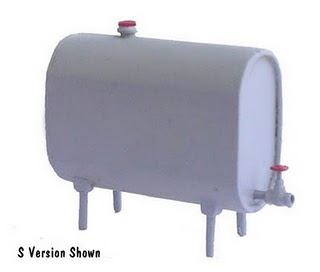
Getting Rid Of That Old Oil Tank
Before removing an oil tank you should always make sure that you do so properly so your property will be protected from a potential hazard.
Improperly removing an oil tank could result in spilled oil, which could harm your pets, children, and property value. To ensure that you correctly remove your old tank you should contact the company that installed it for you, your local town hall, and the Enviromental Protection Agency.
Switching To Natural Gas
Many times an oil tank deteriorates and has to be replaced but most of the time folks have simply made the decision to switch to natural gas for heating.
Approximately 5 percent of home tanks are in the basement; most of the rest are underground. This article deals with basement tanks.
Getting the Tank Out
If the tank is in the basement of a home most often companies drain the pil and recycle it, then cut the tank in half with a reciprocating saw and metal blade.
Drain The Tank First
Removing an oil tank means draining it. A basement oil tank needs to be drained and pumped out, and any sludge or oil that’s left needs to be taken to a recycler, or someone who deals in waste oil.
All oil lines should be be disconnected and capped. When draining the tank the best practice is to stand it on the end opposite the of the drain valve and let it sit for 24 hours. That way only one end has oil and sludge in it and it is completely drained.
Cut the Tank In Half
It’s common for heating-oil tanks to be installed before a house is built, meaning they’re almost always too big to go through basement opening.
It’s a loud process but works and does not create a fire hazard. There’s no danger that the oil will ignite while the tank is being cut, he said. The flash point is high enough that a reciprocating saw won’t catch the oil on fire. Cut the tank in half at the middle sections.
Disposal
Cutting the tank in half and getting it out of the house is the easy part. the difficult part of this process is finding a place to dispose of your tank.
Oil is considered environmentally toxic waste and local landfills will not accept them. Once in half, the tank has to be cleaned and can then be designated as scrap metal.
~ concord carpenter
